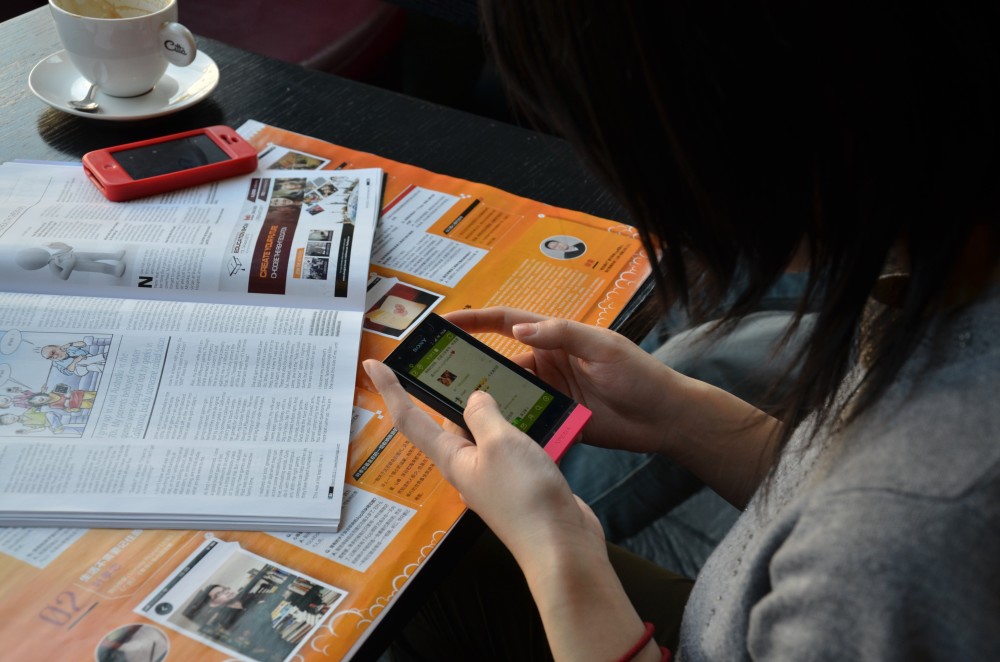By Carolyn Said
San Francisco Chronicle
WWR Article Summary (tl;dr) Calling all women in tech! San Francisco has a $500,000 Department of Commerce grant to build on a program that gives Startups the chance to learn how to work with governments and to rapidly create prototypes. Several Bay area cities are now seeking tech entrepreneurs to tackle real world problems like (an app to streamline landlord-tenant disputes) during a 16-week Startup in Residence (Stir) program that will launch in April. We love empowering women (especially in STEM) so get those applications in! Here is a link http://startupinresidence.org/2016-application-for-statups/
San Francisco
San Francisco needs a mobile app to monitor coyote sightings, a way to text public health information to residents and an online lottery for reserving sports fields. Oakland needs an app for Head Start outreach, a solution to streamline landlord-tenant disputes, and software to guide residents in bringing their homes up to code.
The two cities, along with West Sacramento and San Leandro, are now seeking technology entrepreneurs to tackle these and other challenges during a 16-week Startup in Residence (Stir) program that will launch in April.
“Despite all the transformations in so many sectors led by startups, we haven’t seen that same impact in the public sector,” said Jay Nath, San Francisco’s chief innovation officer. “We want to (encourage) entrepreneurs to tackle the public-sector market and hopefully make government more effective, efficient and responsive.”
The program asks companies to volunteer staff time, as well as cover workers’ living expenses if they’re based elsewhere. That hasn’t been a problem. Two years ago, a smaller version of the program drew applications from almost 200 companies from 25 cities worldwide to work on six projects. Startups welcomed the chance to learn how to work with governments and to rapidly create prototypes and see them working in the real world, Nath said.
Now San Francisco has a $500,000 Department of Commerce grant to expand the program over the next three years, adding in Oakland, San Leandro and West Sacramento. All told, the cities have outlined 28 challenges they want help on, all written in remarkably crisp, nonbureaucratic language. The entrepreneurs will still be volunteers, but the money covers additional administrative expenses.
“Frankly, government is the slowest to innovate,” said Deborah Acosta, chief innovation officer for San Leandro, which wants help creating an ID card for users of its rec center and other services, and a streamlined tool for managing the IT department budget. “Startups bring new ways of looking at things.”
The previous attempt’s shining success story was a system to help sight-impaired passengers navigate through San Francisco International Airport.
“For a blind traveler, it is challenging to get from BART to the terminal gate,” said Bryan Bashin, executive director of LightHouse for the Blind. “We don’t always want to require the arm of some person to get from place to place.”
Austrian startup Indoo.rs worked in conjunction with the airport and LightHouse for the Blind to create and install a system using 500 Bluetooth low emission beacons throughout Terminal 2, with each mapped on a smartphone app to what’s nearby: a restaurant, shop, water fountain or even an electrical outlet.
The three-way partnership of government, startup and advocacy group illustrated the program’s emphasis on collaboration.
“When we first sat down with the entrepreneurs, they realized that everything they thought about blind people was wrong,” Bashin said. “We brought in groups of blind techies and blind travelers, and did a lot of on-the-ground work with them at SFO. Out of it came a design that was really functional. Terminal 2 is now the most densely mapped space on the planet for indoor navigation.”
Even though Indoo.rs paid for five staffers to fly to and live in the Bay Area at various times over the 16 weeks, it was well worth it, said marketing head Nick Stein.
“We jumped at the chance to work on something of this magnitude in San Francisco, the startup hub of the world,” he said. “It really put us on the map. The phone rang with other projects as soon as it was announced, and to this day, people come to us all the time to talk about the SFO project.”
Ironically, 18 months later, SFO has not yet officially rolled out the technology. (Indoo.rs is among companies bidding to expand the system throughout the airport.) That in itself illustrates how the Stir program is far nimbler than the glacial pace of government bureaucracy.
To address that issue, San Francisco streamlined the process so its 17 challenges this year can be implemented without going through too much red tape, Nath said.
Several other groups work to forge links between entrepreneurs and government. Code for America embeds experienced technologists with local governments for one-year periods to work on projects to make services simpler and more effective.
Nath hopes that officials can learn from some startup concepts.
“We’ll train our government staff on methodology like lean startups, human-centered design, deeply understanding the customers’ needs and other things that work well in the private sector,” he said.
Just like a tech accelerator, the Stir program will conclude with a Demo Day this summer for the entrepreneurs and departments to show off their projects.
“Entrepreneurs really want to make an impact,” Nath said. “This is a great way for them to do that.”














































































































































































































































































































































































